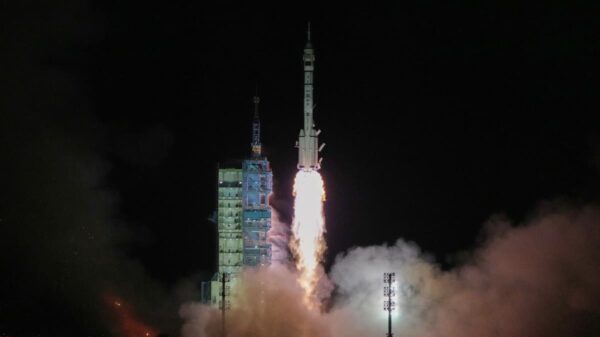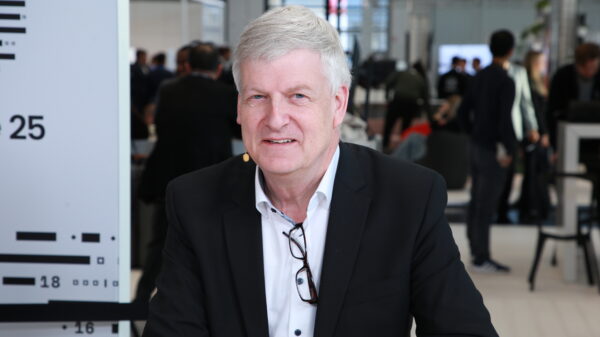Researchers from the Sylvester Comprehensive Cancer Center, part of the University of Miami Miller School of Medicine, have made significant strides in treating hormone-resistant, estrogen receptor-positive (ER+) breast cancer. In preclinical studies, the team tested a new combination therapy that successfully shrank tumors, reduced cancer stem cell populations, and altered the immune environment to be less supportive of cancer growth. These findings were validated through patient-derived explants and published in the journal Science Translational Medicine.
Hormone therapies, particularly for ER+ breast cancer, have long been a cornerstone of treatment. However, a notable number of patients develop resistance to drugs like tamoxifen and fulvestrant, resulting in poorer outcomes and fewer treatment options. The new research sheds light on the mechanisms behind this resistance, particularly focusing on cellular “bodyguards” that support cancer cells.
Understanding the Tumor Microenvironment
The research team investigated the tumor microenvironment, which can be described as the “neighborhood” surrounding a tumor. This area is populated by various cells that can influence cancer growth, including tumor-associated macrophages (TAMs). The researchers identified a specific subtype of TAMs, characterized by proteins known as CD163 and PD-L1, that are more prevalent in patients whose tumors resist tamoxifen.
Dr. Rumela Chakrabarti, the study’s senior author and co-director of Sylvester’s Surgical Breast Cancer Research Group, explained, “These macrophages act like bodyguards for the cancer cells, helping them survive treatment.” By understanding how these macrophages are recruited to the tumor microenvironment, the team aims to disrupt their support system.
The study revealed that TAMs are attracted to the tumor by a signaling molecule called DLL1, produced by the cancer cells. DLL1 functions as a beacon, drawing in macrophages through a pathway reliant on CCR3 and CCL7. Once within the tumor, these macrophages help sustain cancer stem cells, which are notoriously difficult to eliminate with standard therapies. They also contribute to the exhaustion of CD8-T cells, the immune cells that target and destroy tumor cells.
In both preclinical studies and patient-derived tumor samples, elevated levels of DLL1 and PD-L1+ TAMs were strongly associated with resistance to tamoxifen and fulvestrant. Notably, patients with a higher prevalence of these cells exhibited worse survival rates.
Innovative Triple Therapy Approach
To combat this issue, the research team developed a novel combination therapy. By utilizing antibodies that inhibit DLL1 and PD-L1, in conjunction with low-dose tamoxifen, they achieved promising results. The combination therapy not only reduced tumor size but also lowered cancer stem cell numbers and reprogrammed the immune environment to be less favorable for cancer growth.
“This triple therapy approach could be transformative for patients whose cancers no longer respond to standard hormone treatments,” Dr. Chakrabarti stated. “It’s about attacking the cancer from multiple angles simultaneously.”
While the results are encouraging, the researchers acknowledge that additional work is required before this approach can be implemented in clinical settings. Extended in vivo modeling and pilot clinical trials are essential for a thorough understanding of the treatment’s efficacy in humans. “Our models are robust, but human tumors are even more complex,” Dr. Chakrabarti cautioned. “We’re optimistic, but careful.”
The research underscores the importance of examining the intricate relationship between cancer cells and their microenvironment. This understanding is crucial for developing next-generation therapies. Dr. Chakrabarti emphasized that cancer should not be viewed merely as a disease of rogue cells, but rather as a condition influenced by complex cellular communities.
“Every breakthrough brings us closer to a future where breast cancer is not only treatable but truly manageable for every patient,” she said. “We’re dedicated to making that future a reality in the coming years.”
For more information, refer to the study by Shailesh Singh et al., titled “DLL1-responsive PD-L1+ tumor-associated macrophages promote endocrine resistance in breast cancer,” published in Science Translational Medicine (2025). DOI: 10.1126/scitranslmed.adr6207.




































































